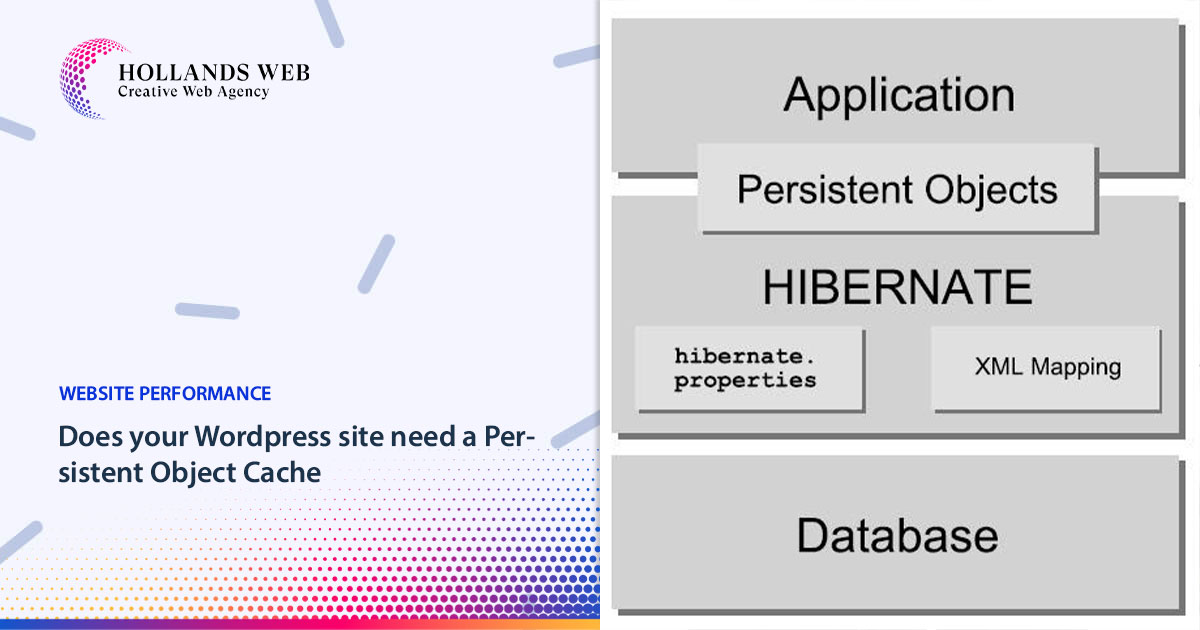No products in the cart.
Redis is an open-source, in-memory data structure store that is used as a database, cache, and message broker. The name "Redis" stands for Remote Dictionary Server. It is known for its speed, flexibility, and rich set of data structures, making it a popular choice for various use cases. <h2>Key features and concepts of Redis include:</h2> <ol> <li> <h3>In-Memory Data Storage:</h3> Redis primarily stores data in <a href="https://webyildiz.com/blog/tag/ram/" target="_blank" rel="noopener">memory</a>, allowing for extremely fast read and write operations. This makes it well-suited for applications that require high-performance data access.</li> <li> <h3>Data Structures:</h3> It provides a wide range of data structures, including strings, lists, sets, hashes, sorted sets, and more. Each data structure has its own set of operations and offers different capabilities, enabling developers to choose the most appropriate structure for their specific use case.</li> <li> <h3>Persistence:</h3> Allows data to be persisted to disk, providing durability and the ability to recover data even after a restart. It offers different persistence options, such as snapshots (RDB) and transaction logs (AOF), allowing users to choose the most suitable method for their needs.</li> <li> <h3>Caching:</h3> Redis is commonly used as a <a href="https://webyildiz.com/blog/tag/varnish/" target="_blank" rel="noopener">cache</a> due to its in-memory nature and high-performance characteristics. By caching frequently accessed data in Redis, applications can reduce the load on backend databases and improve overall response times.</li> <li> <h3>Pub/Sub Messaging:</h3> Supports a publish/subscribe messaging paradigm. Clients can publish messages to specific channels, and other clients can subscribe to those channels to receive the messages in real-time. This feature enables building real-time communication and event-driven architectures.</li> <li> <h3>Distributed Locks:</h3> Provides support for distributed locks, allowing applications to coordinate and synchronize access to shared resources across multiple instances or threads.</li> <li> <h3>Lua Scripting:</h3> Redis has built-in support for Lua scripting, enabling users to write custom scripts and execute them on the server. This feature enhances flexibility and allows for complex data manipulation and business logic execution within Redis.</li> <li> <h3>High Availability and Replication:</h3> Supports replication, allowing data to be replicated to multiple nodes, providing redundancy and fault tolerance. In case of a node failure, Redis can automatically promote a replica to become the new primary node, ensuring continuous availability.</li> <li> <h3>Cluster Support:</h3> Cluster enables distributing data across multiple nodes and allows scaling horizontally by adding more nodes to the cluster. It provides automatic sharding and partitioning of data while maintaining high availability.</li> <li> <h3>Extensibility:</h3> Redis has a vibrant ecosystem and offers support for various programming languages through client libraries. These libraries simplify interacting with Redis and provide language-specific APIs and abstractions.</li> </ol> <strong>Redis</strong> is widely used in various applications and use cases, including web applications, real-time analytics, messaging systems, caching layers, session stores, job queues, and more. Its speed, simplicity, and versatility make it a powerful tool for developers seeking high-performance data storage and processing solutions.
“You should use a persistent object cache” is the result of a new health check introduced in WordPress 6.1. This article...


 Web Hosting
Web Hosting Web Designs
Web Designs Graphic Design
Graphic Design SEO
SEO Digital Marketing
Digital Marketing